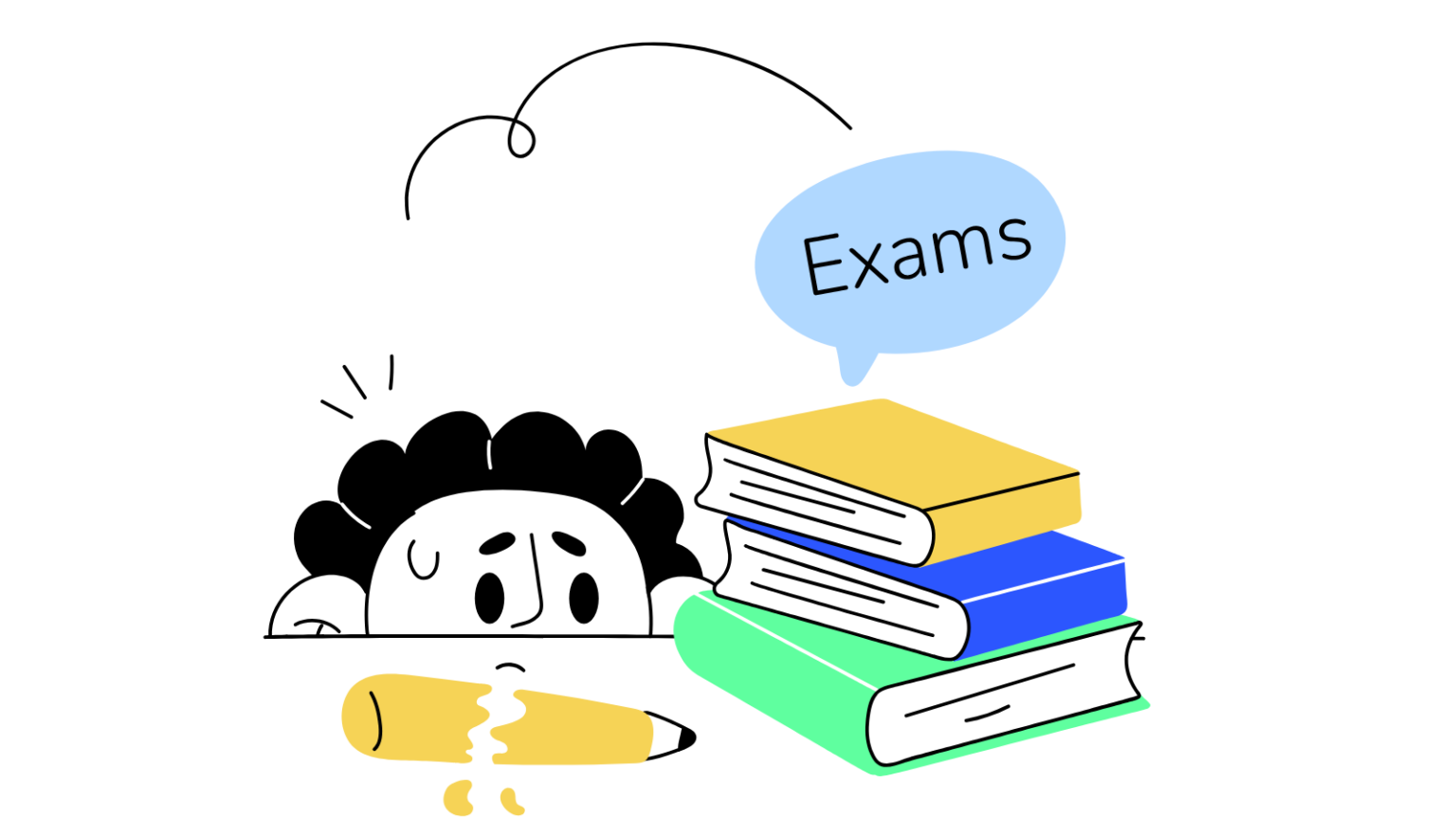The Secret To TOEFL Success
One area of academic research that gets little attention from teachers and students alike is that of TOEFL (test-of-English-as-a-foreign-language). The research that is available is done primarily by psychometricians working for Educational Testing Service, (ETS), the designer of TOEFL. Unfortunately, their arcane jargon holds no practical value for the TOEFL classroom. As a result, insights on how to teach and prepare for TOEFL remain the purview of TOEFL texts, namely, Longman, Cambridge, Barrons, Kaplan, Princeton, ETS, and Delta. Therein lies the problem.
Branding is not a TOEFL Strategy
Every TOEFL teacher and student knows Longman et al. Yet what they do not know is that these texts are pedagogically identical. Yes, their brand names are reputable (who can argue with Cambridge?). Yet branding is not a TOEFL strategy. Moreover, said texts continue to espouse the theory that a good vocabulary and proficient grammar (read: language proficiency) are the key to TOEFL success when TOEFL is, in fact, not an English test (see TOEFL is Not an English Test). TOEFL is, instead, an argument-based test that measures the test-taker’s ability to analyze, develop and deliver college-level arguments under a time pressure. If the test-taker cannot do so, a low score is guaranteed even if he/she has a high English-language proficiency level.
Panic Mode
Do Longman et al. acknowledge the fact that TOEFL is an argument-based test? No. Instead, their cookie-cutter pedagogies remain fixated on the good vocab-grammar theory and other outdated strategies, namely, the 5-20-5 rule for the independent essay. For this task, the test-taker has thirty minutes to write an opinion essay. The writing strategy championed by Longman et al. is the 5-20-5 rule: 5 minutes for brainstorming, 20 minutes for writing, 5 minutes for rewriting. This method is indeed useful—if you have a weekend to think and write about your topic. Not so on TOEFL.
On test day, by the time test-takers reach the independent essay—the last task on the grueling, four-hour TOEFL test—they are mentally exhausted and are, more often than not, in panic mode. Their futures, their dreams—everything is on the line. That is the mindset of the test-taker as he/she writes the independent essay, a state of mind Longman et al. have misread, the 5-20-5 rule evidence of this failing. Experience proves as much.
Focus and Direction
In my thirty-plus years of teaching and writing about TOEFL, I have met few, if any, students who follow the 5-20-5 rule. When I give my students a writing prompt, they are off and running. Their brains, hot-wired to the internet, just want to go, go, go. This is what happens on test day as well. Yet because of mental exhaustion and nerves, they are distracted and have difficulty focusing. With hearts racing and time ticking away, the last thing they are thinking of is gearing down to follow the 5-20-5 rule. They just want to write, write, write. And they can. They just need focus and direction.
G+3TiC=C
Having studied for years the mindset of TOEFL students writing under duress, I came to realize that what test-takers needed was a map, a user-friendly algorithm that defined each step of the writing process while maximizing scoring in the prescribed amount of time. The algorithm I created is the argument map G+3TiC=C. Each letter and number describes a discrete rhetorical element specific to the independent essay. Test-takers simply follow the map and fill in the blanks as they go. Simple. Moreover, G+3TiC=C helps them manage their time.
When the clock starts, there is no guessing about what to do. With G+3TiC=C, test-takers know what to write, where to write it, how to write it, how much time to spend on each element, and why. Best of all, because G+3TiC=C meets the definition of a proficient essay as determined by ETS’s independent-essay rubric, test-takers are giving the official TOEFL writing raters exactly what they are trained to look for: a proficient opinion essay. This, in turn, helps test-takers attain the highest possible score on test day.
The Secret to TOEFL Success
Because TOEFL is an argument-based test, G+3TiC=C can be recycled and applied to all TOEFL tasks for maximum scoring on test day. This claim defines the theory behind my best-selling TOEFL books: Speaking and Writing Strategies for the TOEFL iBT and Scoring Strategies for the TOEFL iBT A Complete Guide. My TOEFL books have helped test-takers the world over get the TOEFL scores they need. And it all begins with G+3TiC=C. That is the secret to TOEFL success.








One Response
Anonymous
A few valid points here about the Writing section of the test. It does somewhat seem to ignore the existence of the other sections though, as it is with these—the Speaking, Listening and Reading sections—that the TOEFL becomes a test of English. Not a very good nor reliable test of English, maybe so, but a test of English all the same (the clue is in the name, Test of English as a Foreign Language). I assume G+3TiC=C means something along the lines of "a general statement plus 3 examples leads to a conclusion". If so, it's a solid structure, but it doesn't really rival the 5–20–5 guideline; rather it governs structure while 5-20-5 governs time management. In fact, one could say that they complement each other: 5 minutes planning, 20 minutes writing following this structure and a final 5 minutes checking and tidying. If that's not what it means, then I suppose I shall never know.
04/08/2016